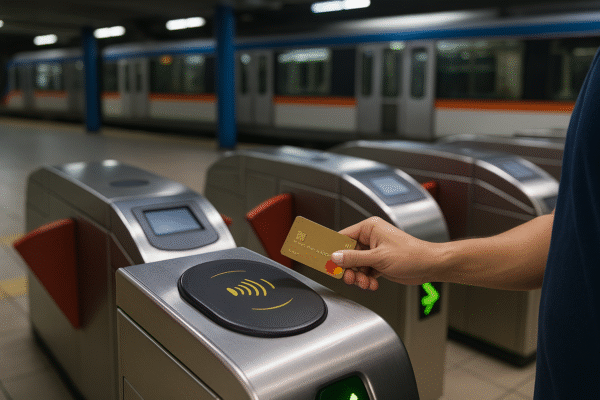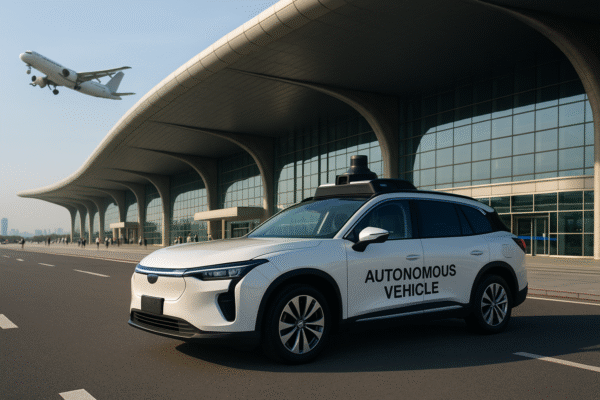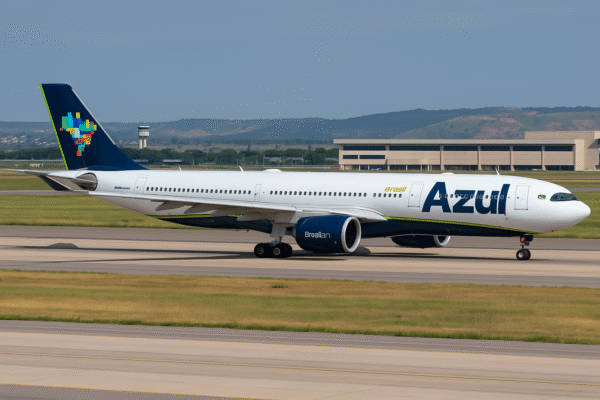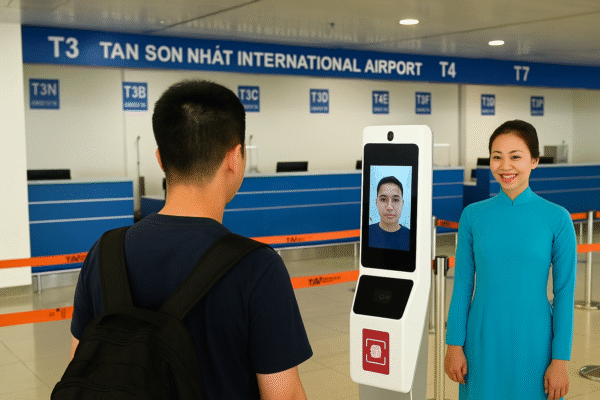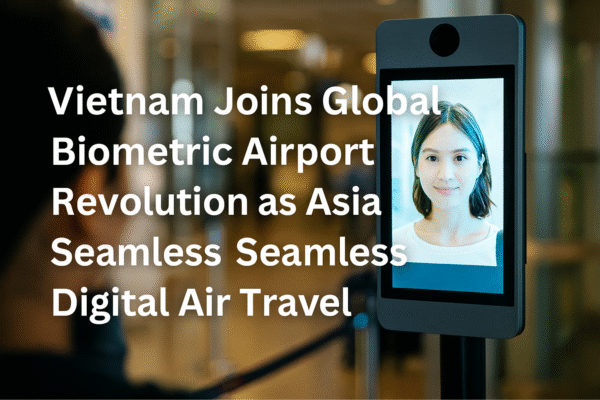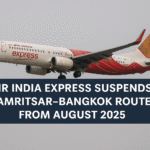Vietnam is accelerating its entry into the future of aviation by integrating biometric systems across major airports, joining an elite group of global travel hubs that includes Singapore, Germany, the United States, and the UAE. This move marks a significant step toward transforming the country’s air travel infrastructure, aligning with global trends that prioritize seamless, secure, and digitally advanced passenger experiences.
Vietnam’s Leap into the Biometric Age
Tân Sơn Nhất International Airport in Ho Chi Minh City is now among Vietnam’s first international gateways to trial biometric facial recognition systems, in a bid to streamline passenger identity verification during check-in and immigration processes. According to Vietnam’s Ministry of Transport, this initiative aims to reduce processing times, enhance security, and elevate the nation’s competitiveness as a regional aviation hub.
The effort is part of a larger cooperation strategy between Vietnam and developed countries such as the United States, Germany, and the UAE. These nations have already embraced biometric authentication for immigration, boarding, and security clearance, setting a benchmark that Vietnam now seeks to match and localize through partnerships and pilot programs.
Singapore: Setting the Gold Standard in Asia
Singapore’s Changi Airport—often ranked the world’s best airport—has been a global leader in biometric innovation. By 2026, Changi aims to automate 95% of its immigration processes using facial recognition technology. Already, passengers experience streamlined entry and exit using contactless verification, a system supported by the Immigration & Checkpoints Authority and the Civil Aviation Authority of Singapore.
The vision aligns with Singapore’s Smart Nation initiative, which promotes technology to enhance urban living, transport efficiency, and national security. For Changi, this translates into faster immigration, fewer touchpoints, and more secure border management—key features that are inspiring Vietnam and other ASEAN countries to follow suit.
Australia and New Zealand: Southern Hemisphere Success
Airports in Australia and New Zealand are also among the pioneers in biometric travel. Sydney and Melbourne airports have implemented SmartGate systems that match passengers’ ePassports with real-time facial scans, expediting immigration and reducing human error.
Auckland Airport in New Zealand mirrors this trend, offering facial recognition eGates to both arriving and departing passengers. These tools not only increase efficiency but also bolster security by accurately verifying identities in seconds—a feature increasingly demanded by today’s tech-savvy, post-pandemic travelers.
A Global Trend: From the U.S. to the UAE
The United States has embraced facial recognition across several major airports, including Atlanta’s Hartsfield-Jackson and LAX in Los Angeles. According to U.S. Customs and Border Protection, over 50 million travelers have already been processed through biometric exit systems.
In the UAE, airports in Dubai and Abu Dhabi have implemented iris and facial scan technologies to automate boarding and reduce wait times. Germany’s Frankfurt and Munich airports also use biometric eGates for both Schengen and international passengers, providing a model for scalability and data integration.
Japan, another technology-forward nation, introduced Smart Entry systems with biometric checks in Tokyo’s Haneda and Narita airports, further cementing Asia’s position as a leader in digital air travel.
Why Biometrics Matter for Tourism
Biometric technology does more than improve convenience—it’s a powerful tool for national security, fraud prevention, and operational efficiency. For countries like Vietnam that are welcoming millions of tourists annually, simplifying the airport experience can have direct economic benefits. Quicker border clearance leads to better traveler satisfaction, more efficient airport logistics, and ultimately, increased tourist arrivals.
Vietnam’s Ministry of Culture, Sports and Tourism projects over 18 million international visitors by 2026. To handle this growth, smart airport systems are essential. The International Air Transport Association (IATA) also recommends that biometric technology be standard practice globally by the end of the decade, citing improved passenger flow and safety.
Toward a Seamless, Paperless Future
Biometric check-in counters are now being tested at Noi Bai International Airport in Hanoi and Da Nang International Airport, with full rollouts expected within two years. The Civil Aviation Authority of Vietnam (CAAV) has confirmed plans to integrate biometrics across all international gateways by 2026, mirroring the digital transformation strategies of its regional peers.
For Vietnamese travelers and international visitors alike, this signals a move toward a paperless, frictionless airport experience—no more lengthy queues or physical boarding passes. Just a glance at a camera is enough.
Conclusion: A New Era for Asian Aviation
Vietnam’s adoption of biometric airport systems marks a crucial milestone in its aviation modernization journey. By joining the ranks of digital pioneers like Singapore, the U.S., and Germany, Vietnam is positioning itself as a forward-thinking travel destination equipped to handle future tourism demands.
This transformation promises a faster, safer, and more enjoyable journey for passengers, while boosting Vietnam’s standing in the global tourism ecosystem. As airports around the world shift toward biometric-first strategies, Vietnam’s early adoption places it firmly on the map as an emerging leader in smart travel.
With regional cooperation and global best practices guiding its next steps, Vietnam is not just catching up—it’s leaping ahead. The future of air travel has arrived, and Vietnam is ready for takeoff.
For more travel news like this, keep reading Global Travel Wire


